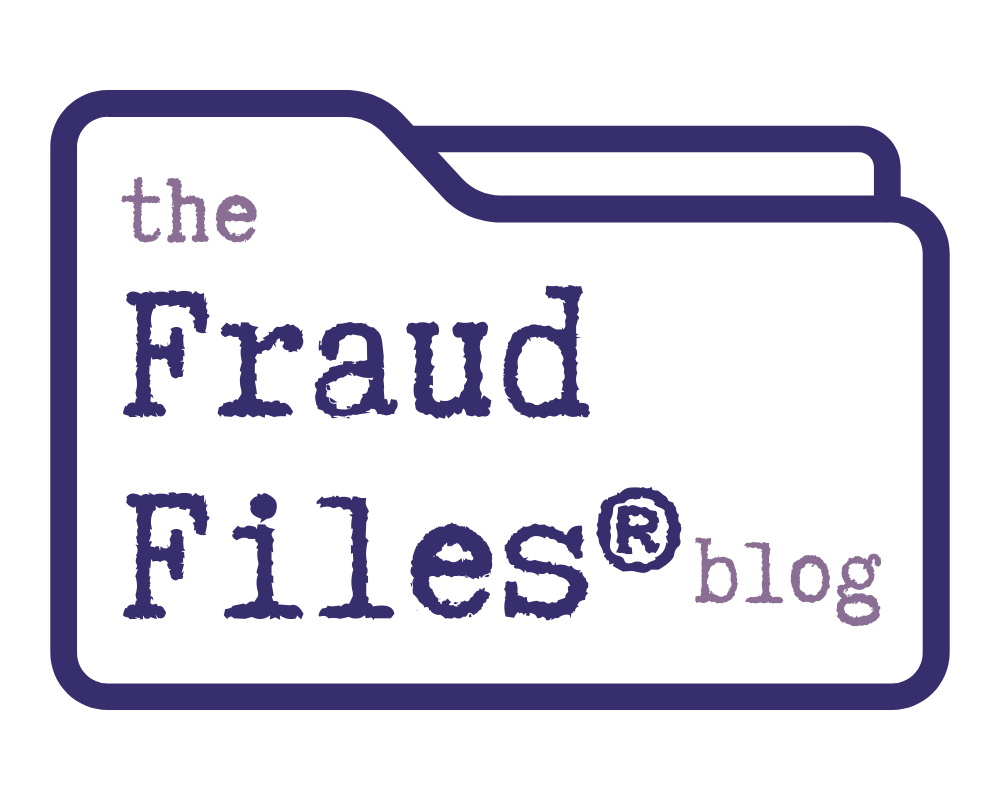Ponzi demonstrated to himself that he could achieve astronomical profits with the postal reply coupons, a far better return on investment than interest paid by the banks or profits created in the stock market.
His investment pitch included the mention of the International Reply Coupons, as he was depending upon the legitimacy of the U.S. Postal Service to bolster his image. However, Ponzi was careful not to give away too many details of his plan, lest potential investors would become skeptical or steal his idea and start companies of their own.
Investors were promised returns of 50% on their initial investment in 90 days. By any standard, this is an unbelievable rate of return. Yet investors believed in Ponzi and his ability to produce such returns. He began his grassroots marketing effort by carrying around stacks of investment certificates. While he hadn’t sold them, he said that he had, and gave untrue assurances that he had many more investors. He got young men to sell them to their friends and coworkers, with a ten percent commission for their efforts.
Some of the initial investors cashed out after the first ninety days. Ponzi knew that it was important for them to be paid promptly. They would tell their friends about the wonderful return on their investment, and soon more customers would flock to the Securities Exchange Company. He was right.
As more investors believed their money was safe with Ponzi, the dollars started flooding in. Many who had money with the company were leaving their money there, rather than cashing out every ninety days. This was an ideal situation for Ponzi. His cash pile kept growing. In the event that a small number of investors decided to cash out, there was always plenty of money coming in from new investors to pay off the old ones.
Charles Ponzi never carried out the plan he pitched to investors. He never started investing in the postal reply coupons, and he never attempted to profit from the differences in exchange rates. Instead of using investor money to carry out the plan with the postal reply coupons, Ponzi just spent investor money on himself and his family.
So began the original pyramid scheme, which eventually also became known as a Ponzi scheme. Money is never invested in a legitimate for-profit venture and no actual returns are generated. Instead, the money from new investors in the plan is used to pay off old investors who are exiting the plan.



